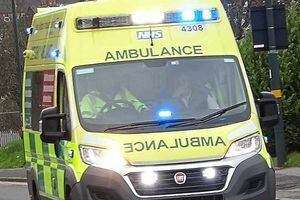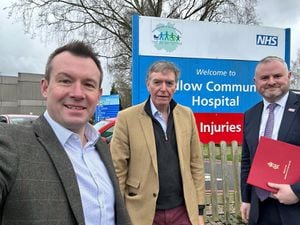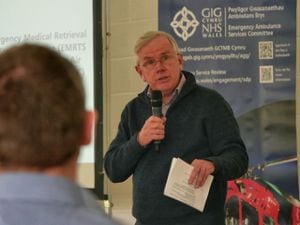West Midlands Ambulance response times are on the up
A new scheme which has been piloted since last summer to help speed up ambulance response times is proving a success, bosses at West Midlands Ambulance Service have revealed.

The government has announced approval for the Ambulance Response Programme (ARP) which has been developed by clinicians over the last 18 months and is the most rigorously tested programme of its kind anywhere in the world.
Under the new system, call-handlers in the 999 control rooms ask additional questions that can very quickly identify those patients who will be the highest priority. This allows an ambulance to be dispatched without delay.
For other types of call, ambulance staff are given additional time to assess the needs of the patient more fully so that the right response can be sent to meet their needs.
West Midlands Ambulance Service has been one of three ambulance trusts piloting the new scheme and bosses say the benefits are already starting to show.
Trust Chief Executive, Anthony Marsh, said: “Since we introduced the Ambulance Response Programme last summer we have been able to get to more patients, more quickly, than ever before, particularly those with the most serious conditions; this has undoubtedly led to lives being saved.
“ARP gives us a chance to send the correct response to each patient, not just the closest.
“For example, in the case of a stroke patient, under the old system, we might have sent a rapid response vehicle and then an ambulance so that we could stop the clock.
“However, what that patient actually needed was to get an ambulance to the patient and get them to a hyperacute stroke unit.
“ARP means the patient gets life-saving treatment more quickly allowing a faster and more complete recovery to take place.
“For this type of call, we can show that on average we get a conveying ambulance to that patient over a minute more quickly than we used to; 12:42 as opposed to 13:48.
“However, for the most serious case – category 1 – we are also getting to patients more quickly because the system is much more efficient.
“Whereas we might have sent multiple vehicles to other cases just to stop the clock, we now just send the right one. This means that the number of times that an ambulance vehicle has been dispatched and then stood down has dropped dramatically.
“The system has freed up ambulances which were previously heading to incidents and then being stood down, which are now utilised to get to lower categories of calls that might previously have waited longer for a response.”
He said the improved response times come despite a rise in the number of patients dealt with in the most serious category.
Mr Marsh added: “We already had some of the toughest targets in the world; in many respects, these new ones are tougher still. For example, the number of patients in the most serious category has been doubled from three to six percent.
“This means that those patients who are truly life-threatened will get a faster response and get the treatment they need even more quickly.
“Despite this, the figures speak for themselves: previously we used to get to red one calls in an average of seven minutes 30 seconds.
“Now we get there in seven minutes five seconds even with the bigger number of patients.”





